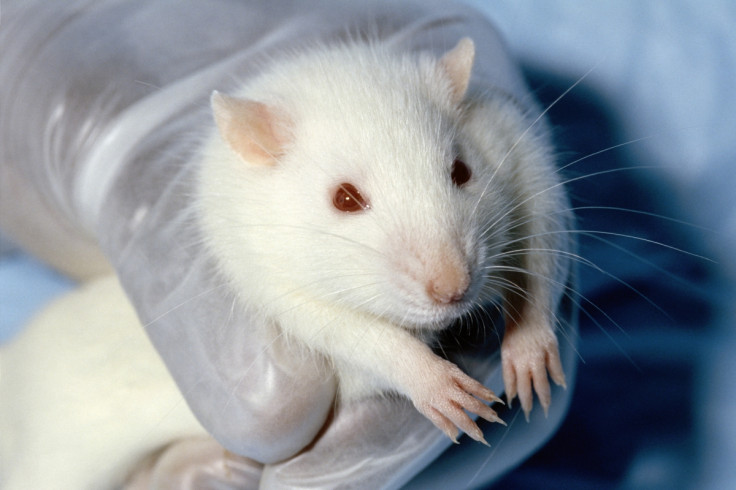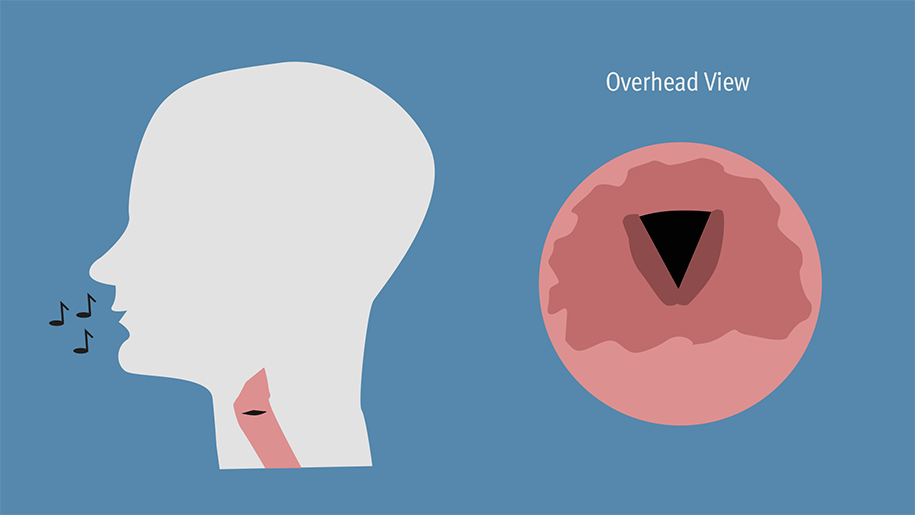Vocal cord tissue grown in lab produces sound when transplanted into mice and dogs

Vocal cord tissue has been created in a laboratory, which, when transplanted into animals, was able to produce sound. Although a long way off, researchers say the breakthrough means voices of those who have lost their vocal cords through injury or cancer, could one day be restored.
Vocal cords within the larynx consist of two flexible bands of muscle that are lined with mucosa – a delicate tissue. They vibrate hundreds of times per second to produce a sound. However, unlike other tissues in the body, when injured, they scar and stiffen, leading to voice loss. It is estimated 20 million people in the US are affected by voice impairment as a result of damaged vocal cords.
"Voice is a pretty amazing thing, yet we don't give it much thought until something goes wrong," said Nathan Welham, from the University of Wisconsin-Madison. "Our vocal cords are made up of special tissue that has to be flexible enough to vibrate, yet strong enough to bang together hundreds of times per second. It's an exquisite system and a hard thing to replicate."
Collagen injections or mucosa transplants can help people with a little damage to their vocal cords, not much can be done for larger-scale injury or removal. In their latest study, published in the journal Science Translational Medicine, scientists recreated human vocal cord tissue in a dish using healthy vocal cord cells from patients who had their larynxes removed (but who did not have cancer) and a cadaver.

They isolated and purified the cells and grew them on a 3D collagen scaffold. In around two weeks they had formed a tissue with strong connective tissue beneath and layered epithelial cells on top. Analysis showed it had produced many of the same proteins found in normal vocal cord cells. Welham also noted that it "felt like vocal cord tissue".
Researchers then tested it to see if it could transmit sound by transplanting it into cadaver dogs that had one side of their larynges removed. When humidified air was blown through, the tissue produced a sound and vibrated just like those on the other side. Acoustic analysis showed the two sides had similar characteristics as well.
To see if the lab-grown vocal cords would be rejected, they implanted them into mice engineered to have human immune system. The tissue grew, was not rejected and performed well. Welham said it appears the engineered tissue may behave like cornea tissue in that it does not set off a host immune reaction. "This tissue engineering approach has the potential to restore voice function in patients with otherwise untreatable vocal fold mucosal disease", the team wrote.
However, they said further clinical applications will need more human cells or stem cells, as cancer-free vocal cord tissue is hard to come by, and that it will be many more years before it could be tested in humans.
EMBARGO 7PM
© Copyright IBTimes 2025. All rights reserved.






















